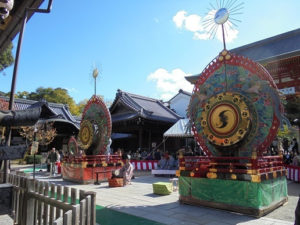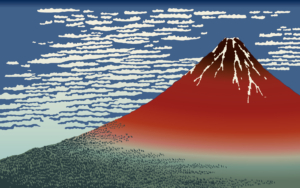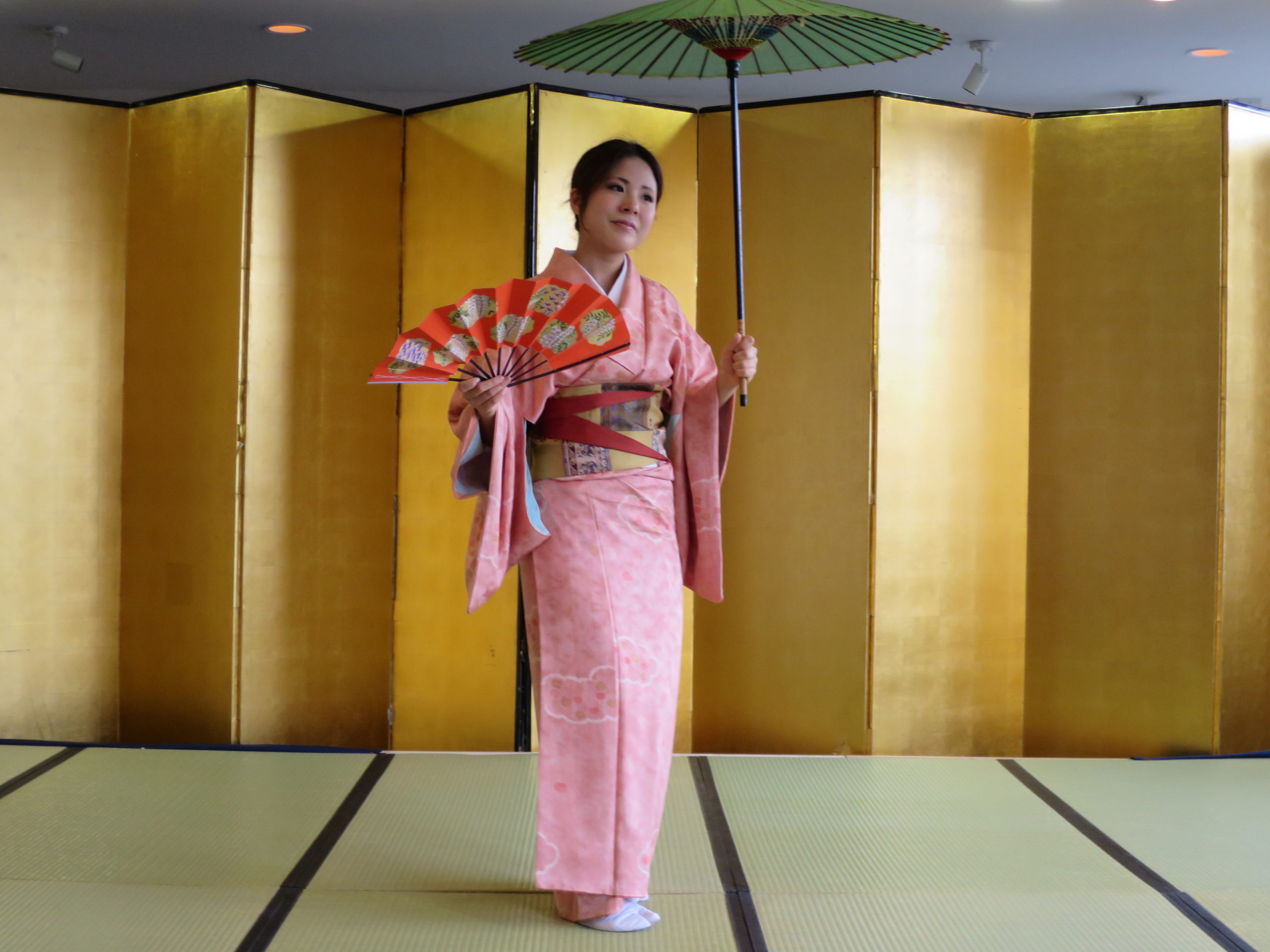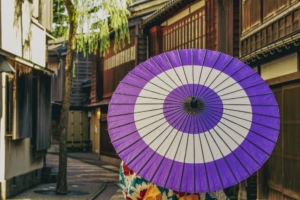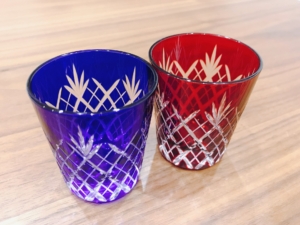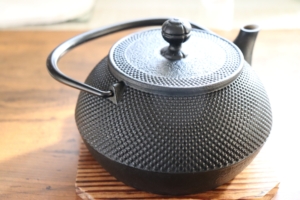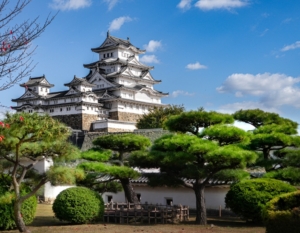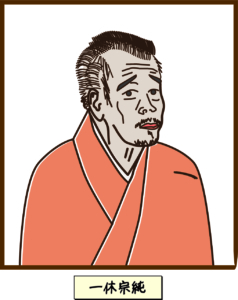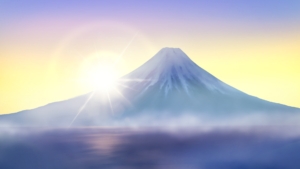The origin of Japanese dance is said to be “Ame-no-Uzume no Mikoto’s dance performed in front of Amanoiwato”.
Since then, dances have been performed during Shinto rituals in ancient Japan.
It was in the early Edo period that the dance changed as a performing art. “Kabuki Dance” was started by a shrine maiden named Izumo no Okuni.
Based on that, Kabuki was completed.
The essence of Kabuki created the basis of Japanese dance.
【Differences between Japanese dance and ballet movements】
Comparing the movements of Western ballet with Japanese dance, there is a considerable difference in movement.
In ballet, there are recoil movements and movements that rotate due to centrifugal force, but Japanese dance does not have such movements.
As for how to place the center of gravity, ballet stands with the center of gravity raised and stands on the toes, but in Japanese dance, the center of gravity is lowered and the body is stabilized and danced.
It is said that this difference in movement is due to the difference in lifestyle between the horse-riding people and the farming people.
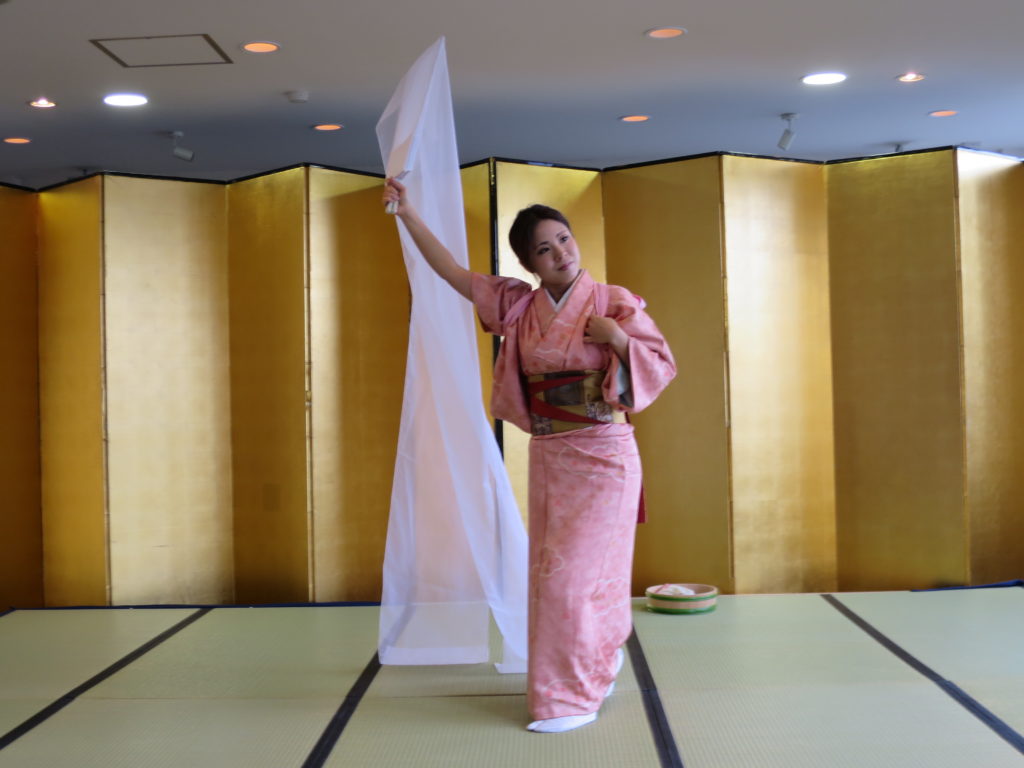
【Famous program】
Fuji Musume
The wisteria fairy depicted in a painting called Otsu-e jumps out of the painting and dances.
Yashiki Musume
“Yashiki Musume” is a woman who is dedicated to a daimyo mansion and does chores.
On their days off, which are only a few times a year, they enjoyed going to see the plays. This song is a work that depicts such a fun holiday scene of Yashiki Musume.
